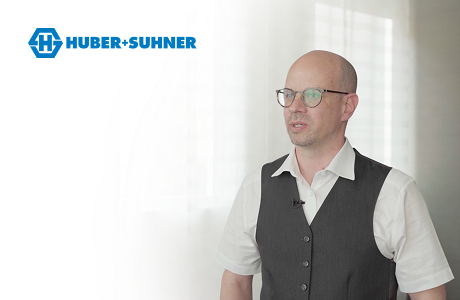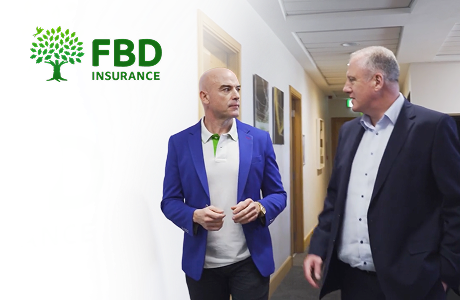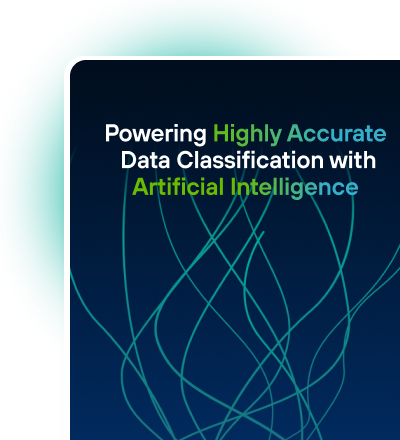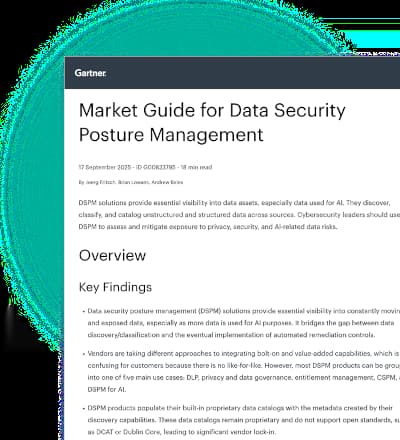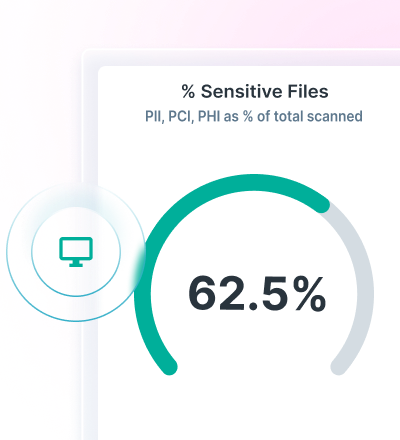12K+ customers couldn't be wrong








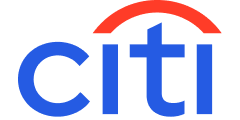

































Forcepoint DLP Software Sets the Standard
Forcepoint is synonymous with Data Loss Prevention due to its well-known, mature platform, extensive classifier and template library, and unified approach to policy management. Download the chart to see how Forcepoint DLP software compares with other vendors.
Data Protection
20%
40%
60%
80%
100%
Forcepoint
Legacy Vendors
Limited DLP
Vendors
Forcepoint VS concorrenza
Forcepoint | Fornitori legacy | Fornitori DLP con limitazioni | |
Protezione dei dati
| |||
Copertura della protezione dei dati unificata
| |||
Protezione adattiva al rischio
| |||
Automazione ed ecosistema
|
AVVISO:Il confronto dei prodotti si basa sulle funzionalità in-product e sulle integrazioni cross-portfolio disponibili dallo stesso fornitore al 7 maggio 2024. I confronti non includono integrazioni con fornitori di terze parti. Il confronto delle funzionalità si basa sulla versione più recente e moderna di ciascun fornitore disponibile a partire dal 7 maggio 2024. Le informazioni si basano su dati raccolti da siti Web e forum pubblici, documenti di analisi e schede tecniche di prodotto in data 7 maggio 2024.
Perché scegliere Forcepoint DLP?
Prevenzione della perdita di dati ovunque
Monitora e blocca gli incidenti di sicurezza in tempo reale ovunque gli utenti interagiscano con i dati.
Semplifica la conformità a livello globale
Semplifica la configurazione e la gestione delle policy con oltre 1.700 classificatori e modelli di policy per identificare e proteggere PII e PHI.
Adattati al rischio in tempo reale
Contestualizza il comportamento degli utenti per prevedere il rischio e regola automaticamente le policy per prevenire falle di sicurezza prima che si verifichino.
Unifica la configurazione e il reporting
Crea, gestisci e crea report sulle policy per cloud, web, email ed endpoint da un'unica piattaforma e dashboard.


Guida pratica al DLP per i dirigenti
Scopri in cosa eccelle DLP, esplora gli otto passaggi critici per implementare il software DLP e ottieni approfondimenti unici su come generare valore rapidamente dalla tua DLP adottata di recente.
Perché altre soluzioni DLP non possono battere Forcepoint

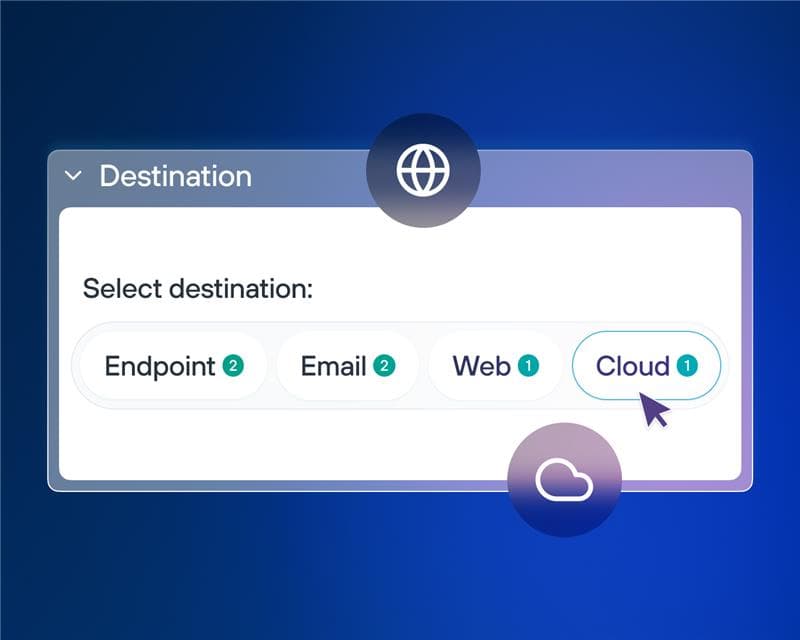


La nostra tecnologia brevettata di impronte digitali e il motore di classificazione avanzata della mesh dell'IA forniscono una precisione senza pari nell'identificazione e nella classificazione dei dati sensibili, anche in formati complessi e documenti personalizzati.

Proteggi i dati sulle applicazioni SaaS, sul traffico web, sulle comunicazioni e-mail, sugli endpoint e sui canali di rete con un approccio unificato che elimina le lacune della sicurezza.

Riduci il carico amministrativo con dashboard intuitive, flussi di lavoro automatizzati di risposta agli incidenti e avvisi in tempo reale che danno la priorità alle questioni più critiche.

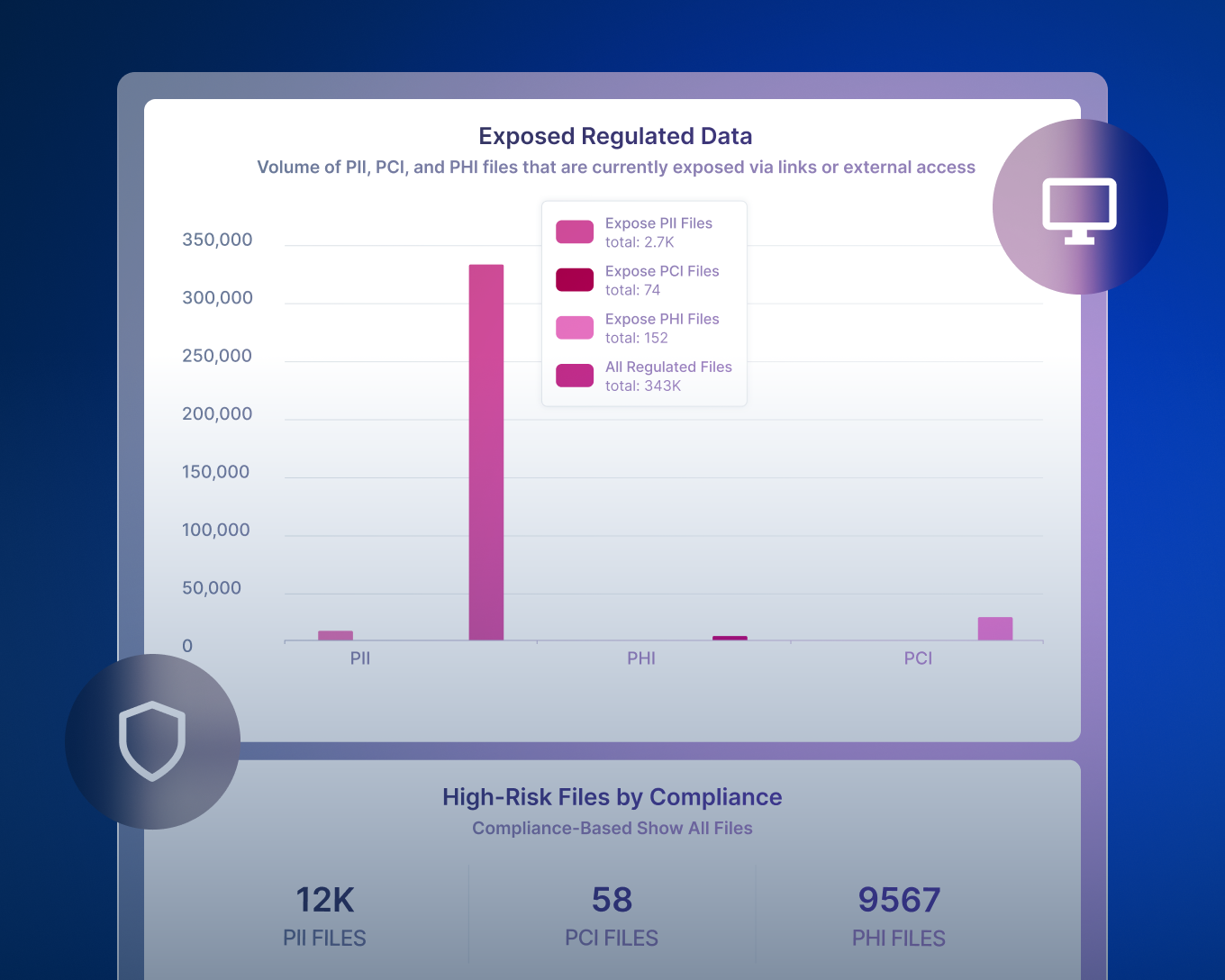
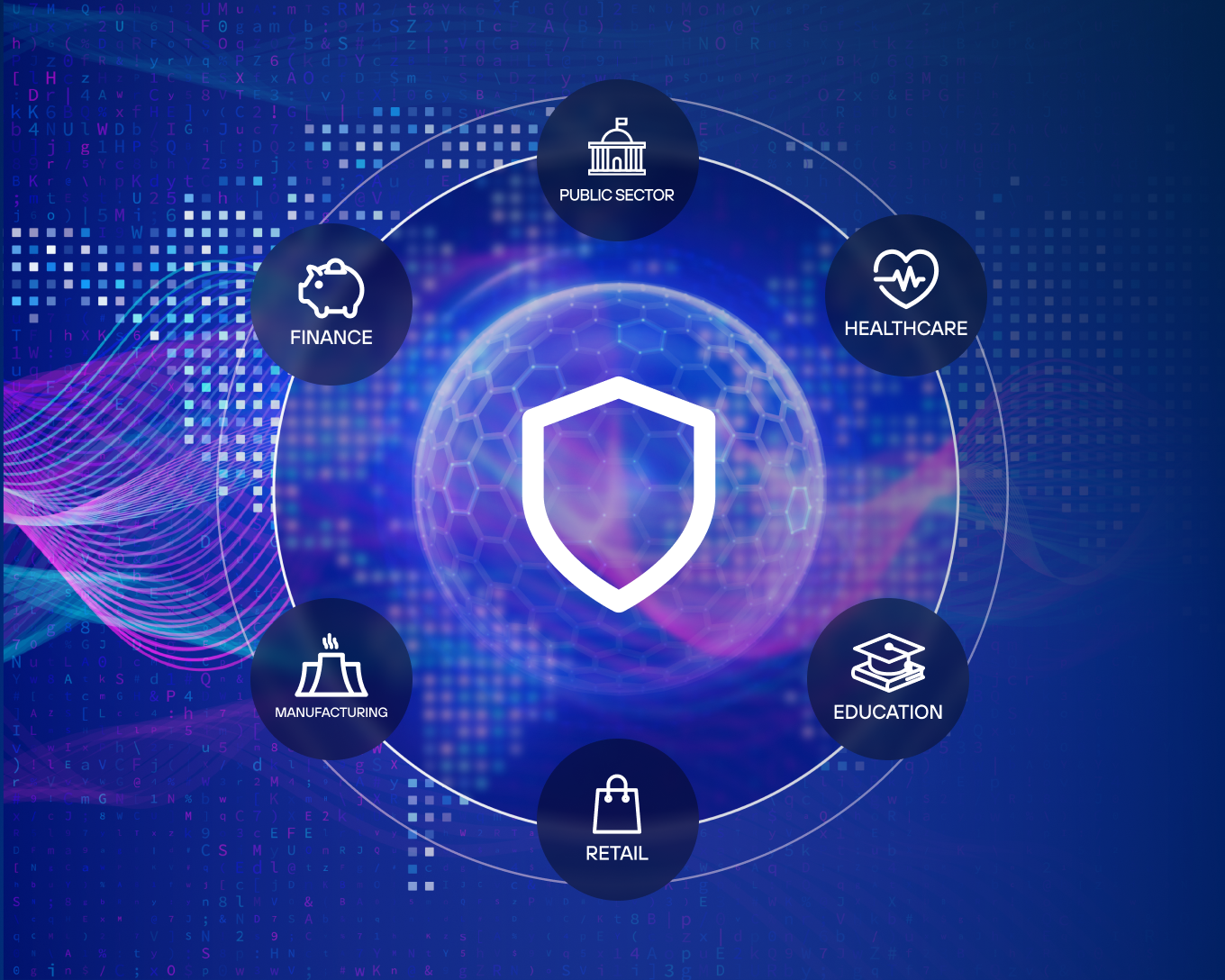

Sfrutta l'intelligenza artificiale per rilevare, classificare e monitorare i dati strutturati e non strutturati con un'applicazione altamente accurata che riduce i falsi positivi e si adatta in base al contesto e al comportamento degli utenti.

Controlla la modalità di condivisione dei dati sensibili con ChatGPT e altre piattaforme di IA generativa, consentendo alle organizzazioni di adottare la trasformazione dell'IA prevenendo l'esposizione non autorizzata dei dati e mantenendo la conformità.

Dal GDPR all'HIPAA, Forcepoint DLP aderisce automaticamente ai requisiti del tuo settore.
Distribuisci nel cloud o in locale
Trova la corrispondenza perfetta. Distribuisci Forcepoint DLP SaaS nel cloud o Forcepoint DLP in locale per il controllo completo sulla protezione dei dati.


Watch Video
A Cybersecurity Alliance Safeguarding Latin America’s Digital Future
Globaltek Security has spent over 25 years partnering with Forcepoint to deliver scalable, AI-powered cybersecurity solutions—centered on data loss prevention and secure web access.
Le storie dei nostri clienti
Le storie dei nostri clienti





"We knew we needed data security that could perform at the highest level while integrating seamlessly into our current solutions. Forcepoint was the clear choice - not just for its capabilities but for the trust we've built with their team over time."
Read Customer StoryConsigliato dagli analisti.
Approvato dagli utenti.
Forcepoint è costantemente classificato tra i migliori fornitori di software di prevenzione della perdita dei dati e di sicurezza dei dati da utenti e analisti del settore.
Forcepoint è stata nominata Leader nell'IDC MarketScape: Worldwide DLP 2025 Vendor Assessment.
Forcepoint è stata nominata 2024 Global DLP Company of the Year per il secondo anno consecutivo da Frost & Sullivan.
Forcepoint è stata riconosciuta come Strong Performer in The Forrester Wave™: Data Security Platforms, primo trimestre 2025
Resta informato per prevenire la perdita di dati
Domande frequenti
Che cos'è la prevenzione della perdita dei dati (DLP)?
La prevenzione della perdita dei dati (DLP) si riferisce a un set di tecnologie e strategie progettate per prevenire la perdita, l'uso improprio o l'accesso da parte di utenti non autorizzati. Forcepoint DLP protegge i dati in movimento, a riposo e in uso su endpoint, reti e ambienti cloud per garantire che le tue informazioni critiche rimangano protette. comp La nostra soluzione combina l'analisi avanzata e l'applicazione delle politiche per aiutare a bloccare le violazioni dei dati.
Come funziona DLP?
DLP utilizza più strumenti per identificare le informazioni sensibili all'interno di un ambiente IT, monitorare il flusso dei dati in entrata e in uscita dall'organizzazione e bloccare l'uscita dei dati sensibili dall'organizzazione in base alle politiche di sicurezza.
Che cos'è una politica DLP?
Una politica DLP è un set di condizioni che definiscono il modo in cui i dati sensibili devono essere gestiti all'interno di un'organizzazione. Queste politiche aiutano a prevenire l'accesso non autorizzato, le perdite accidentali o le fuoriuscite di dati intenzionali. Con Forcepoint DLP, è possibile creare politiche personalizzabili e su misura per le proprie esigenze aziendali, garantendo che i dati siano protetti su endpoint, reti e ambienti cloud.
Come funzionano le politiche DLP?
Le politiche DLP definiscono come i dati devono essere gestiti in base alla loro sensibilità, ai ruoli degli utenti e ai requisiti normativi. Con Forcepoint, le politiche sono personalizzabili. Il nostro motore delle politiche aiuta anche a mantenere gli standard di conformità globali come GDPR e CCPA.
Che cos'è il software DLP?
Il software DLP è una soluzione di sicurezza che aiuta le organizzazioni a prevenire la perdita di informazioni sensibili e preziose garantendo che le risorse di dati siano protette, archiviate e utilizzate in modo adeguato.
Che cos'è un sistema DLP e come funzionano?
Un sistema DLP è una soluzione completa che aiuta a prevenire le violazioni dei dati monitorando, rilevando e bloccando il movimento non autorizzato dei dati sensibili. Forcepoint utilizza l'intelligenza artificiale per rilevare, classificare e monitorare i dati strutturati e non strutturati con un'applicazione altamente accurata che riduce i falsi positivi e si adatta in base al contesto e al comportamento degli utenti. L'approccio unificato di Forcepoint all'applicazione delle politiche garantisce una protezione coerente su tutti i canali di dati.
Quali sono le funzionalità di DLP?
DLP può aiutare la tua organizzazione a stare al passo con le minacce in evoluzione, garantire la conformità alle normative e proteggere i dati sensibili in modo efficace ed efficiente. Le funzionalità includono la creazione e l'applicazione delle politiche, la risposta agli incidenti e la reportistica, il supporto normativo e altro ancora.
Le organizzazioni hanno bisogno di DLP?
Assolutamente. Se la tua organizzazione gestisce informazioni personali identificabili (PII), informazioni sanitarie protette (PHI), informazioni sulle carte di pagamento (PCI), proprietà intellettuale o opera in un ambiente BYOD, DLP è essenziale. Forcepoint DLP ti aiuta a prevenire le perdite accidentali, le minacce interne e gli attacchi esterni, proteggendo il tuo marchio, i tuoi clienti e i tuoi profitti.
Cos'è la perdita di dati?
La sottrazione di dati è la trasmissione non autorizzata o non intenzionale di dati sensibili all'esterno della tua organizzazione. Ciò può accadere tramite e-mail, applicazioni cloud, supporti rimovibili o persino documenti stampati.
Quali sono le migliori pratiche per l'implementazione DLP?
Forcepoint consiglia le seguenti migliori pratiche:
Identifica e valuta: identifica dove si trovano i tuoi dati sensibili e come fluiscono.
Classifica i dati: utilizza gli strumenti automatizzati per etichettare i dati in base alle esigenze di sensibilità e conformità.
Definisci le politiche: definisci regole chiare per l'accesso, la condivisione e l'archiviazione dei dati.
Centralizza la supervisione: evita gli sforzi DLP frammentati unificando la gestione delle politiche tra i reparti.
Forma i dipendenti: istruisci gli utenti sulle migliori pratiche di gestione dei dati e rinforza con la formazione in tempo reale.
Qual è la differenza tra DLP di rete, endpoint e cloud?
Endpoint DLP protegge i dati sui singoli dispositivi.
Network DLP monitora e controlla i dati in movimento nella rete.
Cloud DLP protegge i dati archiviati nei servizi cloud o in transito attraverso di essi.
Forcepoint DLP unifica la creazione e l'applicazione delle politiche in tutte e tre, fornendo una protezione coerente e una gestione semplificata nell'intero ecosistema di dati.
Che cos'è Endpoint DLP?
Endpoint DLP protegge i dati su dispositivi come laptop, desktop e telefoni cellulari. Forcepoint DLP monitora il modo in cui gli utenti interagiscono con i dati e applica le leggi in tempo reale per prevenire le azioni non autorizzate.
Che cos'è la DLP di rete?
Network DLP monitora i dati in movimento nella rete della tua organizzazione. Identifica e blocca i comportamenti rischiosi, provenienti da minacce interne o esterne, prima che i dati lascino il tuo ambiente. Forcepoint DLP offre una visibilità e un controllo approfonditi sui trasferimenti di dati, contribuendo a garantire la conformità e a ridurre il rischio di violazioni.
Che cos'è il cloud DLP?
Cloud DLP protegge i dati archiviati e in transito attraverso i servizi cloud. Forcepoint DLP può aumentare e migliorare piattaforme come Google Workspace e Microsoft 365.
Forcepoint DLP può proteggere i dati sulle applicazioni cloud come Google Workspace e Microsoft 365?
Assolutamente. Forcepoint DLP può aumentare e migliorare Google Workspace e Microsoft 365.


